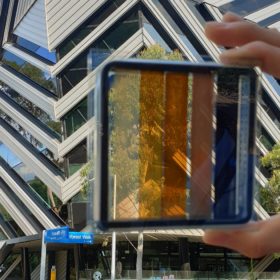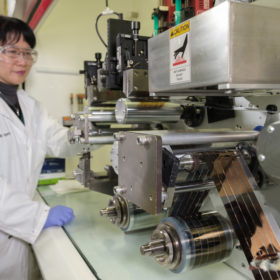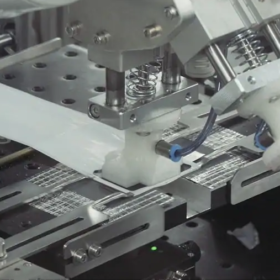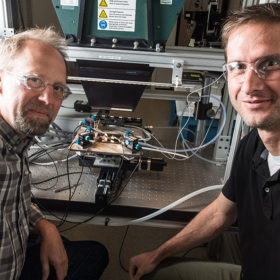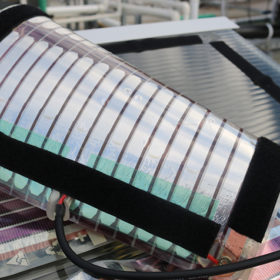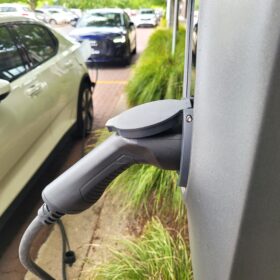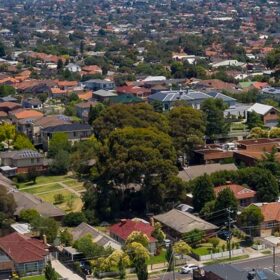Solar costs set to continue falling according to ITRPV roadmap
The 11th edition of the German document which tracks solar price falls and efficiency improvements has considered the role bigger wafers are playing in cost reduction.
Global supergrid vs. regional supergrids
Researchers from Finland’s Lappeenranta University of Technology have assessed the economic advantages of a fully interconnected global network. They found that an international grid could contribute to a global LCOE of €52.50/MWh. The higher complexity of such a system, however, would only be marginally compensated by additional economic benefits.
Australian researchers take solar windows to the next level
Solar windows have taken a big leap forward on the back of a new partnership between Australian scientists and a major glass manufacturer which will investigate the use of semi-transparent solar cells in commercial applications, potentially revolutionizing building design.
It’s not over easy, but things are looking Sunny Central up in the West Murray
pv magazine’s social media and comments are clamouring for more information on how the West Murray challenge is being won. SMA and AEMO will keep us updated as testing of an inverter-based solution progresses throughout this week, but here’s the latest on the Sunny Central inverter family and the team that makes it play in tune.
Long read: The decade of perovskite PV
About 10 years ago, perovskite solar cells (PSCs) made their entry into the world of PV with a power conversion efficiency of 3.8%. Fast forward to 2020, and PSCs are the talk of the town, with a string of impressive laboratory achievements to their name. Global research efforts have shifted toward PSCs as efficiencies keep on getting thrashed on a regular basis. But is it too soon to say that the technology is ready for commercialization?
Ultrathin, flexible solar cell could revolutionise wearable tech
Monash University researchers, as part of an international team, have managed to develop a solar cell so ultralight and flexible that it could revolutionise the future of wearable tech.
Deakin University pilots non-flammable lithium metal battery
Researchers from Deakin’s Institute for Frontier Materials claim the battery chemistry based on a new class of electrolyte material carries no risk of uncontrolled thermal events and represents a viable alternative to the popular rechargeable lithium-ion batteries.
Six-junction III–V solar cell with 47.1% efficiency
A U.S. research group has developed a new solar cell, based on six active photoactive layers, to capture light from a specific part of the solar spectrum. The scientists claim that they could potentially reach a 50% efficiency rate with the new cell.
Shine! You’re on photoluminescence camera!
Researchers in Australia and China used intensity-modulated photoluminescence to map the series resistance of perovskite solar cells with a technique which could further understanding of the causes of instability issues in such devices.
Ecolog partners with University of Newcastle for commercial rollout of printed organic solar cells
The Dubai-headquartered Ecolog has inked a memorandum of understanding with the Centre for Organic Electronics at the University of Newcastle to commercialize its low-cost, lightweight and portable solar energy technology.


